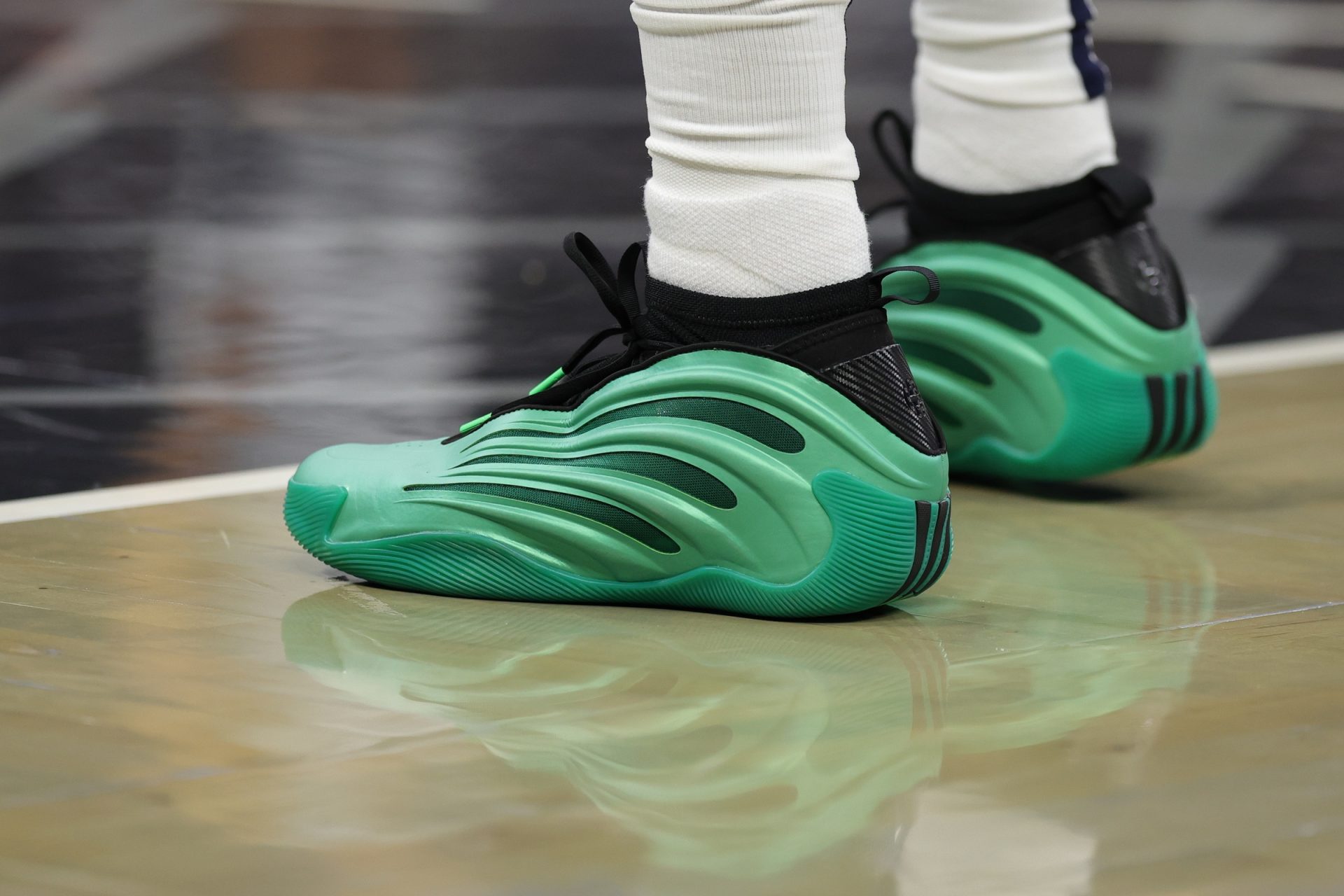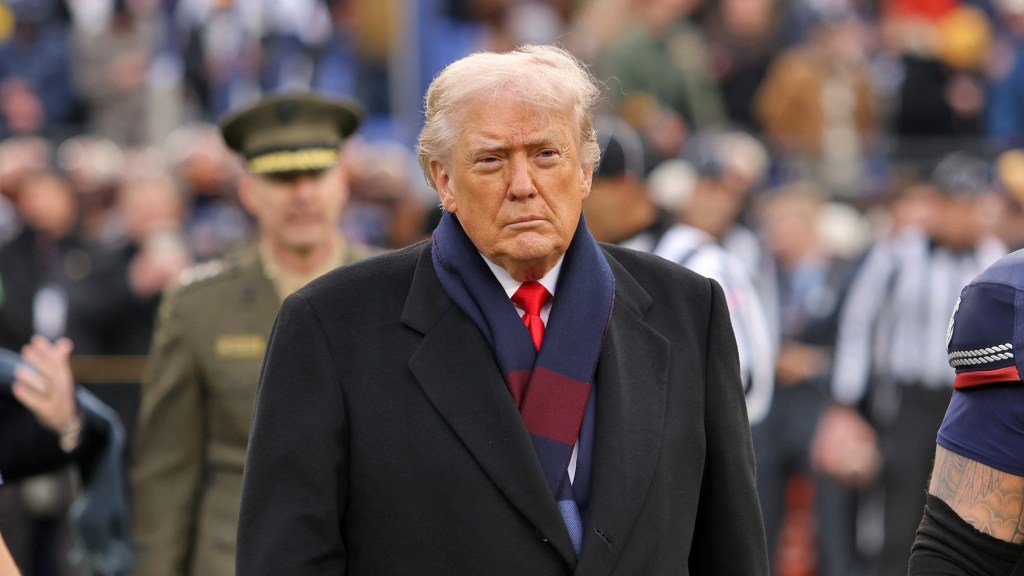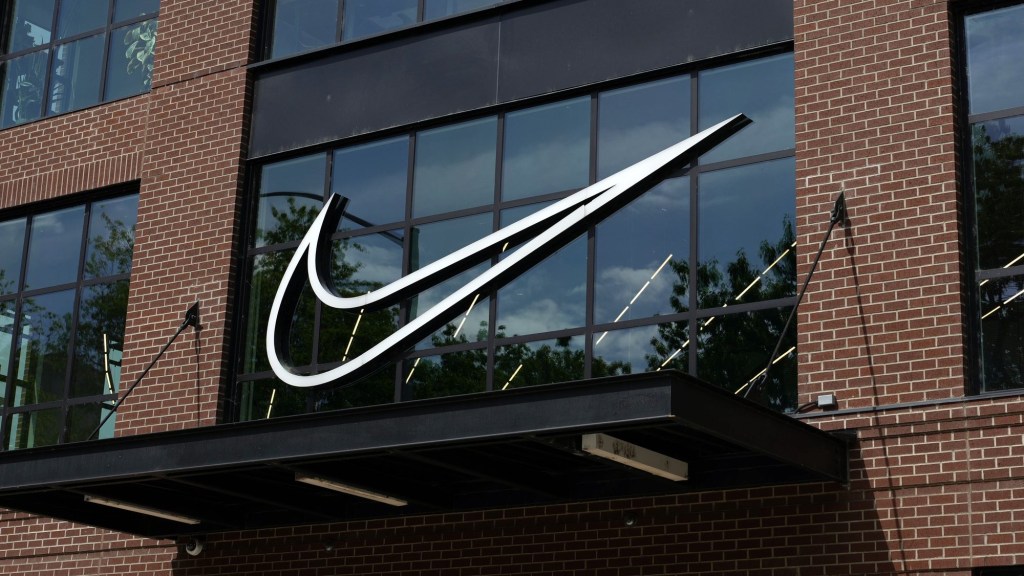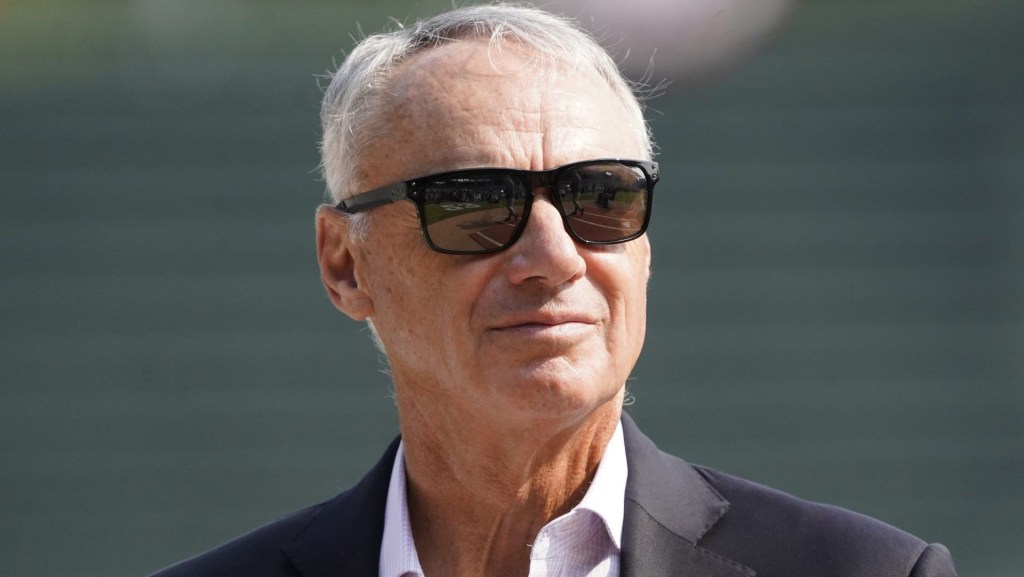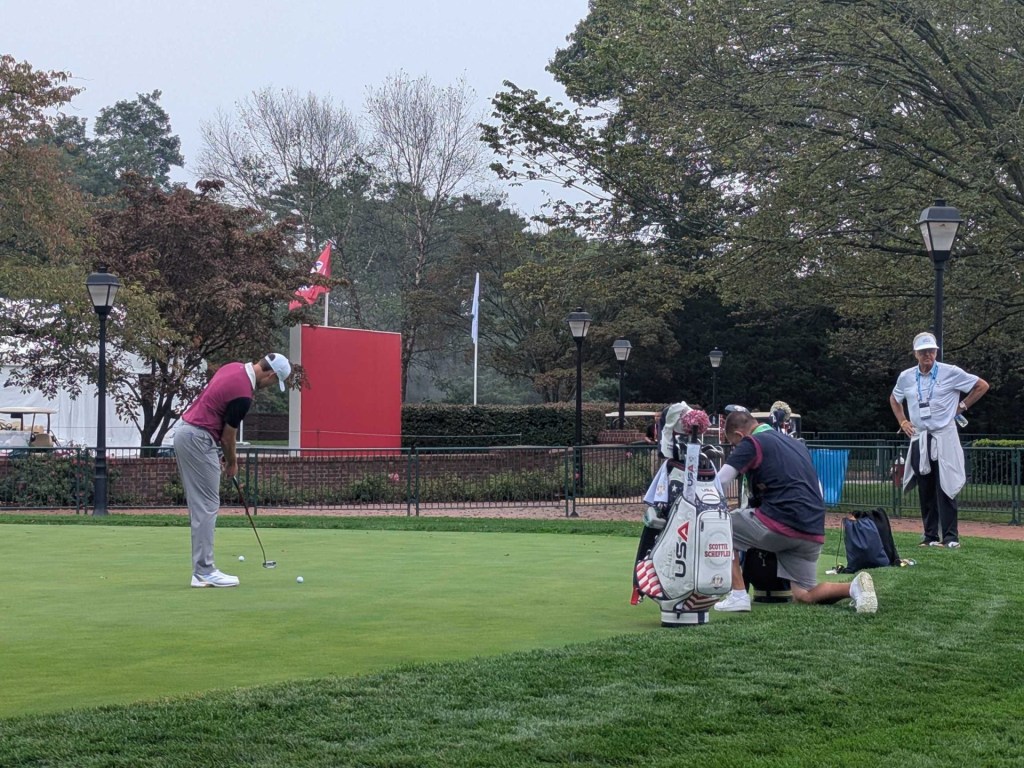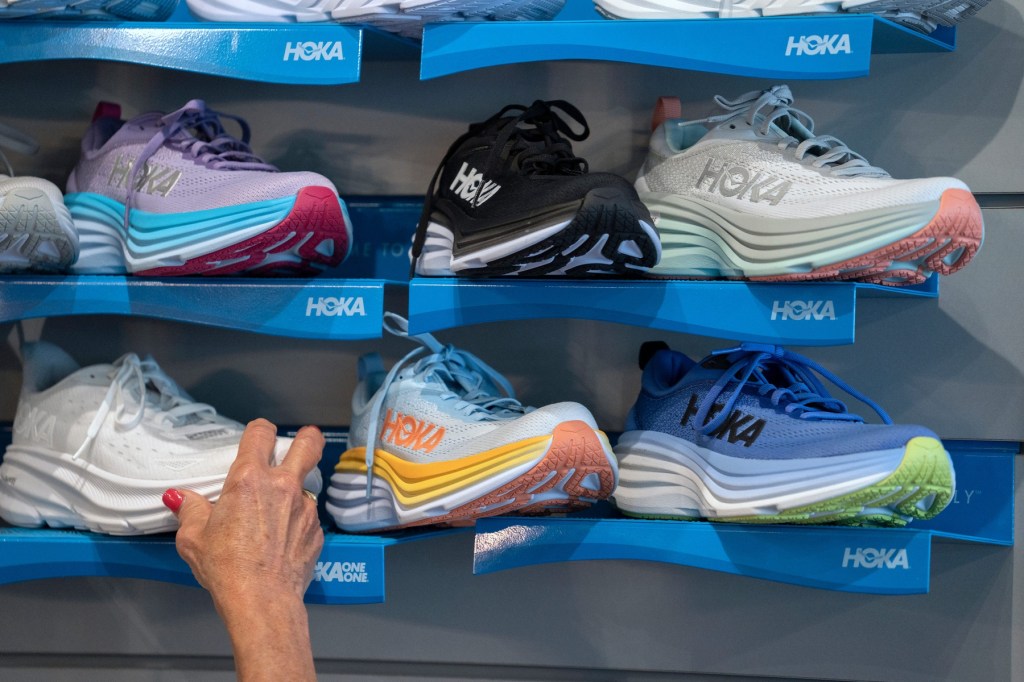Tariffs will mean higher prices for consumers, Adidas said in its latest earnings report.
In results that were pre-released last week, Adidas confirmed strong first-quarter numbers, reporting 13% higher sales compared with a year ago.
But the German sportswear retailer said uncertainty around U.S. tariffs is keeping the company from updating its full-year guidance.
“In a ‘normal world’ with this strong quarter, the strong order book and in general a very positive attitude towards Adidas, we would have increased our outlook for the full year both for revenues and operating profit. The uncertainty regarding the US tariffs has currently put a stop to this,” the company said in its earnings statement. The retailer confirmed its previous guidance, which it posted in March, saying it expected 2025 sales to increase at a high-single-digit rate.
CEO Bjorn Gulden said on the earnings call following the release that it is not planning any price increases yet, but would have to pass along increases if the currently paused tariffs end up going through. Vietnam, which was set to be hit with a 46% tariff, has become a dominant sourcing country for Adidas and other retailers including Nike and On, especially after Trump imposed hefty tariffs on Chinese imports during his first presidential term. On April 9, Trump announced a 90-day pause on all tariffs except for imports from China.
Although the company has already reduced its U.S. imports from China to a minimum, it’s still somewhat exposed to those currently very high tariffs. President Trump imposed 145% tariffs on imports from China.
“Since we currently cannot produce almost any of our products in the U.S., these higher tariffs will eventually cause higher costs for all our products for the US market. Given the uncertainty around the negotiations between the US and the different exporting countries, we do not know what the final tariffs will be,” Gulden said in the earnings release.
Adidas is just the latest in a growing list of companies—including Delta, PepsiCo, and General Motors—that have pulled or lowered guidance in the latest round of earnings reports. Last week, Skechers withdrew its full-year guidance because of broad economic uncertainty stemming from tariff policies. Most Skechers footwear is manufactured in China and Vietnam.
“External volatility and macroeconomic risks have increased significantly since adidas first issued its full-year outlook at the beginning of March. While the company confirms its outlook, the range of possible outcomes has increased,” the company said.
Since the renewed trade war began, Adidas said it has not seen direct change in demand for its products. “We have not seen over the last eight weeks a lack of demand because of tariffs,” Gulden said on the earnings call.
The company noted that U.S. tariffs have no impact on 80% of its business, as it derives most of its sales outside the U.S. “Currently it’s a local problem we need to solve, but we don’t have the facts to solve it yet,” Gulden said.
The footwear category grew 17%, driven by double-digit growth in its Originals, sportswear, and running lines. The three-stripes brand saw continued popularity in its skate, retro running, and terrace styles including the Samba and Gazelle models. Adidas also noted it launched additional styles after selling out its Taekwondo, Japan, and Tokyo models.
Given the direct impact of tariffs and the danger of tariffs rising, plus the possible negative impact on the U.S. consumer, Gulden warned of possible “negative pressure” on the brand.
“Overall, we view the guidance hold as a positive sign at a time when many companies have withdrawn their financial outlook,” Telsey Advisory Group said in a note following the release.
Shares of Adidas dipped 3% as of Tuesday midday.
